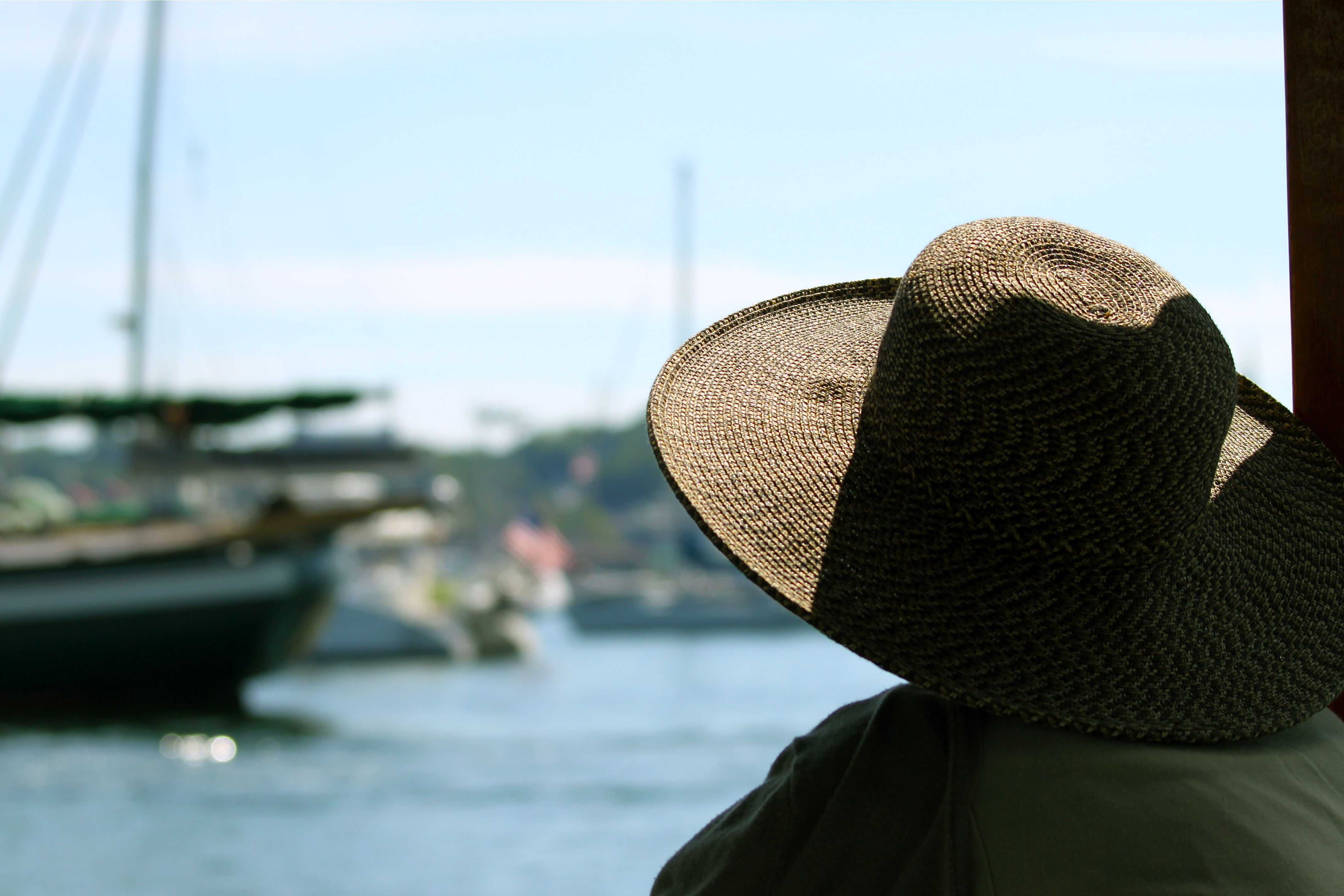After more than three decades in the works, the FDA’s new regulations on sunscreens have finally been released.
The new rules require that sunscreens are subjected to FDA tests to check that they protect against both UVA and UVB rays. Ultraviolet radiation is associated with development of 90% of non-melanoma skin cancers (which affect one in five people in the US), and 65% of melanoma cases (responsible for the death of about 8,700 people annually).
Reading The New Labels
- Products with SPF values between 2 and 14 can be labeled as “Broad Spectrum” if they pass FDA tests to show that they protect against both UVA and UVB radiation.
- Products can only state that they reduce the risk of premature skin aging and skin cancer if they are of SPF 15 or above.
- The FDA feels that there is no such thing as a “waterproof” sunscreen. So the terms “waterproof” and “sweatproof” are no longer allowed. The term “water-resistant” is now used, and products must state if they work for 40 or 80 minutes. If a sunscreen is not water-resistant, it must be labeled in such a way as to advise consumers to use a water-resistant product if necessary.
- The maximum SPF value on a label will now be “50+” since there’s not yet any proof that SPF values over 50 offer any better protection against sun damage than those with SPF 50.
- The term “sunblock” is no longer allowed, since products don’t actually block the sun, but deflect it.
p
“These changes to sunscreen labels are an important part of helping consumers have the information they need so they can choose the right sun protection for themselves and their families,” reported Janet Woodcock, director of the FDA’s Center for Drug Evaluation and Research. “All they’re going to need to do is pick an SPF number and then make sure that it’s broad spectrum.”
The new rules go into effect next year and must be on all sunblocks by the summer, but manufacturers can implement them immediately if they so choose – so you’ll find some newly-labeled products on the shelves now.
The Skin Cancer Foundation hopes that the new FDA regulations will make consumers choose sunscreens more wisely, thereby better protecting their skin from sun exposure, and ultimately reducing the rates of skin cancer.
p
Some Other Sunscreen Tips
In addition to choosing a broad spectrum sunscreen of at least SPF 30:
- Sunscreen should be applied 30 minutes before heading outdoors
- Apply it liberally – use at least 2 ounces (enough to fill a shot glass)
- Reapply every two hours (more frequently if you are swimming, drying off, or sweating)
- Always check the product expiration date
And don’t forget all the other ways you can protect yourself and reduce your risk of skin cancer.
ppp


Follow Me!